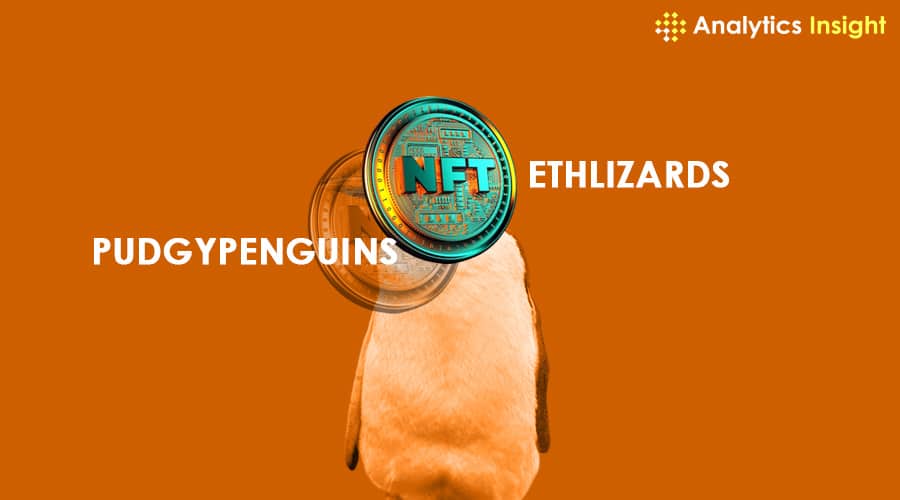
In recent years, the NFT sector has seen a surge in scams targeting unsuspecting users. These scams often involve hackers posing as reputable figures and enticing users with the promise of free NFTs. Just last month, Ethereum founder Vitalik Buterin fell victim to such a scam when his Twitter account was hacked and used to promote a fraudulent NFT giveaway.
The hackers sent out a tweet containing a link to claim a free NFT, which was supposedly part of a commemorative drop from Consensys. However, those who clicked on the link had their assets stolen instead. Over $800,000 worth of NFTs were stolen, including the iconic CryptoPunk #3983.
Unfortunately, this is not an isolated incident. NFT giveaway scams have become a common occurrence in the industry, with countless users falling victim to these schemes. But why do these scams still work in 2023, and how can users protect themselves from becoming victims?
One reason why these scams continue to be successful is that they exploit human psychology. The allure of free stuff is hard to resist, and even though many people are aware of such scams, there are still individuals who fall for them. Additionally, the fact that these scams target reputable figures with large followings, like Vitalik Buterin, adds a level of credibility and trust to the scam.
To avoid falling victim to these scams, there are a few precautions that users can take. First and foremost, it is crucial to verify the legitimacy of any claims of free giveaways. Take the time to research and confirm if the giveaway is genuine. In the case of the scam involving Vitalik Buterin, checking the official Consensys Twitter page and website would have revealed that the giveaway was a fraud.
Another way to protect your assets is to separate them into different wallets. Have a separate wallet specifically for giveaways and less valuable NFTs, while keeping your most valuable assets in a secure cold wallet. By doing this, even if you accidentally click on a malicious link, the hackers won’t have access to your most prized NFTs.
It’s also important to embrace the fear of missing out (FOMO). The appeal of free NFTs can be strong, but it’s essential to be comfortable with the idea of missing out on giveaways that seem suspicious. If there is no evidence to support the legitimacy of a giveaway, it’s better to err on the side of caution and avoid clicking the link.
In conclusion, while we can’t completely eliminate the risk of NFT giveaway scams, we can take steps to protect ourselves and our assets. By verifying the legitimacy of giveaways, separating our assets into different wallets, and embracing the fear of missing out, we can minimize the chances of falling victim to these scams. Stay vigilant and remember that protecting your assets should be a top priority in the fast-growing NFT market.






